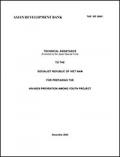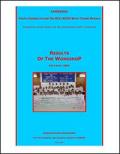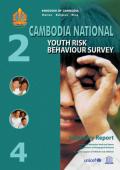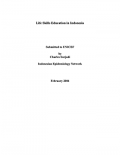Publications on Young People

Resource | Publications,
The Long-Term Strategic Framework of the Asian Development Bank (ADB) commits it to supporting the pursuit of Millennium Development Goals (MDGs) in the region and in ADB’s developing member countries (DMCs). MDG 6 is to halt and begin to reverse the spread of human immunodeficiency virus (HIV) and acquired immune deficiency (AIDS) by 2015. However, progress in this direction has not been encouraging and there is great concern that the number of people infected in the Asia and Pacific region and in particular countries, including Viet Nam, could still significantly grow.

Resource | Publications,
Nepal's first cases of HIV/AIDS were reported in 1988. At the end of 2003 it was estimated that 62,000 people were living with HIV/AIDS. The epidemic assessments reveal a low prevalence among the general population and that so far HIV/AIDS is still concentrated among certain groups like Female Sex Workers (FSW), Intravenous Drug Users (IDUs) and labor migrants. However as shown by global experience and specific studies conducted in Nepal the young people remain highly vulnerable to the disease.

Resource | Publications,
Young people are under threat from HIV/AIDS. Of the estimated 40 million people in the world now living with HIV/AIDS, more than a quarter are aged 15 to 24. Half of all new infections occur in young people. In addition over 10 million children have been orphaned by AIDS and face life without parental protection and guidance, poverty, and social inequality.

Resource | Publications,
Indonesia, the world’s largest archipelago, with a population 214,8 million is now the forth most populated country in the world. Young people age 15-24 represent approximately 30% of the population (UNICEF, WHO, UNAIDS 2002). The HIV epidemic in Indonesia is concentrated, with still-low HIV infection rates in the general population, but high rates among certain populations.

Resource | Publications,
Although the AIDS epidemic is now well established into the general population, commercials sex workers and drugs users represent potential groups that can transmit the virus to their clients/partners. Prevention efforts targeting young people should therefore be reinforced and continued. That is the reason why UNICEF, together with UNESCO is supporting the Ministry of Education, Youth and Sports for the conduction of a Youth Risk Behaviour Survey carried out on a national scale. The survey will provide key information on risk behaviour taken by young people and will make a new baseline about Cambodian youth.










